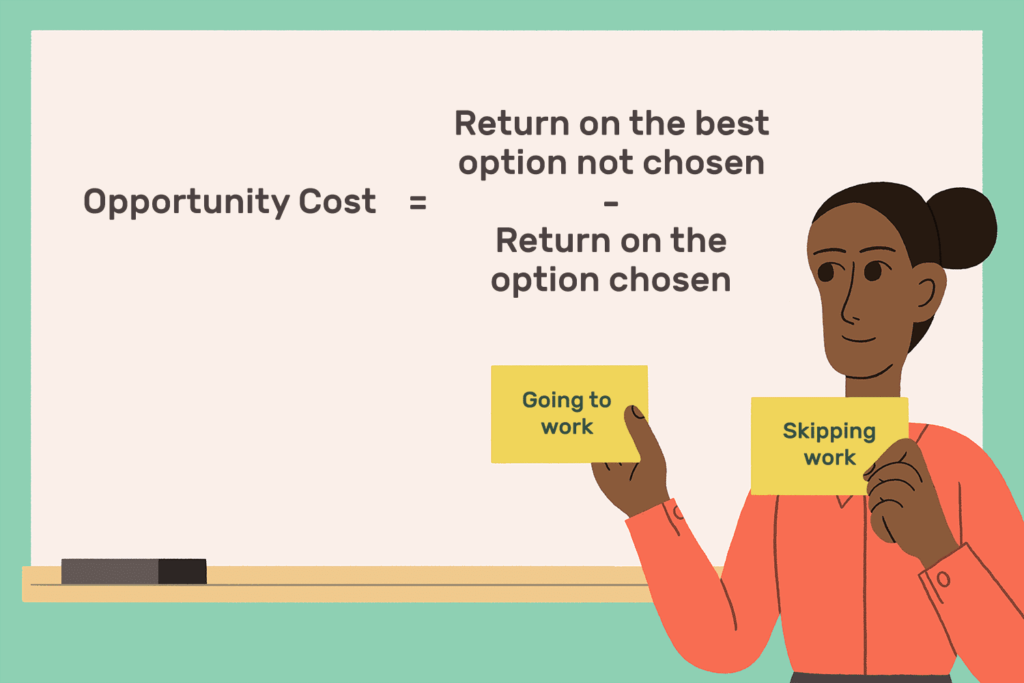Have you ever dreamed of making money from the stock market without dedicating your entire day to trading? 🤔 Enter swing trading – a strategy that might just be your ticket to financial success. Unlike day trading, which demands constant attention, or long-term investing, which requires patience over years, swing trading offers a sweet spot in between. Now let’s discuss what is swing trading and how it works.
What Is Swing Trading?
Swing trading is a popular trading strategy that aims to capture short to medium-term gains in a stock (or any financial instrument) over a period of a few days to several weeks. As a swing trader, you’re looking to profit from the natural “swing” of price movements in the market, and u should know deeply about what is swing trading?
The Right Stocks for Swing Trading
Now that you understand “what is swing trading”, let’s explore the types of stocks that are best suited for this strategy. Not all stocks are created equal when it comes to swing trading, and choosing the right ones can significantly impact your success.
Volatility is Key
You’ll want to focus on stocks with moderate volatility. These stocks offer enough price movement to generate profitable swings, but aren’t so erratic that they become unpredictable. Look for stocks that consistently move 3-5% over a few days or weeks.
Liquidity Matters
Opt for stocks with high trading volume. This ensures you can enter and exit positions easily without significantly affecting the stock price. Stocks traded on major exchanges like NYSE or NASDAQ are often good candidates.
Sector Trends
Pay attention to sectors experiencing growth or undergoing significant changes. These often provide excellent swing trading opportunities. For example, technology or healthcare stocks may offer more frequent swings due to rapid developments in these fields.
Technical Indicators
Use technical analysis to identify stocks with clear trends and recognizable patterns. Stocks that respect support and resistance levels or follow predictable chart patterns are ideal for swing trading.
Company Fundamentals
While swing trading focuses on short-term price movements, it’s still wise to consider a company’s fundamentals. Stocks of financially sound companies with positive growth prospects tend to provide more reliable swing trading opportunities.
By focusing on these factors, you’ll be better equipped to select stocks that align with your swing trading strategy, potentially increasing your chances of success.
Pros and Cons of Swing Trading
Swing trading offers a balanced approach to the stock market, with its own set of advantages and drawbacks. Let’s explore the pros and cons to help you decide if this strategy aligns with your trading goals.
Pros of Swing Trading
Time Efficiency
You don’t need to be glued to your screen all day. Swing trading allows you to analyze and execute trades during off-hours, making it ideal if you have a full-time job or other commitments.
Potential for Higher Profits
Compared to day trading, swing trading can yield larger profits per trade. You’re holding positions for days or weeks, allowing more time for price movements to develop.
Lower Stress Levels
With less frequent trading, you’ll experience reduced stress compared to the fast-paced world of day trading.
Cons of Swing Trading
Overnight Risk
Holding positions overnight exposes you to gap risks. News or events occurring after market hours can significantly impact your trades.
Requires More Capital
To properly diversify and manage risk, you’ll need a larger trading account compared to day trading.
Missed Opportunities
By focusing on longer-term trends, you might miss out on short-term price fluctuations that day traders can capitalize on.
Now that you understand the pros and cons of swing trading, let’s explore the right market conditions for this strategy.
The Right Market
Now that we understand what swing trading is and the types of stocks suitable for this strategy, let’s explore the various market conditions you’ll encounter as a swing trader.
Bear Market Swing Trading
In a bear market, you’ll face declining stock prices and increased volatility. As a swing trader, you can capitalize on these downward trends by short-selling stocks or using put options. However, be cautious as bear markets can be unpredictable and may present higher risks.
Bull Market Swing Trading
During a bull market, you’ll find more opportunities for long positions. You can take advantage of upward trends by buying stocks at support levels and selling them at resistance levels. Bull markets often provide a more favorable environment for swing trading, with potentially lower risks and higher profit potential.
In-Between Market Conditions
Most of the time, you’ll encounter markets that are neither strongly bullish nor bearish. In these conditions, focus on identifying stocks with strong relative strength or weakness compared to the overall market. Look for sectors or industries showing momentum in either direction.
Note
Remember, successful swing trading requires adapting your strategy to current market conditions. Stay informed about economic indicators, market sentiment, and sector rotations to make informed decisions. Regardless of the market condition, always maintain proper risk management and stick to your trading plan.
Next, we’ll dive into how you can start your swing trading journey and develop a solid strategy for success.
How to Start Swing Trading?
Now that you understand the basics of swing trading, it’s time to learn how to get started. Here’s a step-by-step guide to help you begin your swing trading journey:
1. Educate Yourself
Before you dive in, invest time in learning about swing trading strategies, technical analysis, and risk management. Read books, attend webinars, and follow experienced traders to gain valuable insights.
2. Choose a Reliable Broker
Select a reputable broker that offers a user-friendly platform, competitive fees, and access to the markets you want to trade. Look for features like real-time data, charting tools, and educational resources.
3. Practice with a Demo Account
Many brokers offer demo accounts where you can practice swing trading without risking real money. Use this opportunity to test your strategies and get comfortable with the platform.
4. Develop a Trading Plan
Create a comprehensive trading plan that outlines your goals, risk tolerance, and specific entry and exit strategies. Stick to your plan to maintain discipline and avoid emotional decision-making.
5. Start Small and Scale Gradually
When you’re ready to trade with real money, start with small positions. As you gain experience and confidence, gradually increase your position sizes.
Next, we’ll explore some frequently asked questions about swing trading to further enhance your understanding.
FAQs
How Can I Start Swing Trading?
To start swing trading, you’ll need to follow these steps:
- Educate yourself: Learn about technical analysis, chart patterns, and risk management.
- Choose a reliable broker: Select a platform with good charting tools and reasonable fees.
- Start with paper trading: Practice your strategies without risking real money.
- Develop a trading plan: Define your entry and exit criteria, position sizing, and risk tolerance.
- Begin with a small account: Start with an amount you can afford to lose as you gain experience.
How Much Money Can I Make Swing Trading?
Your potential earnings from swing trading depend on various factors:
- Your starting capital
- Your risk management strategy
- Your win rate and risk-reward ratio
- Market conditions
While some traders report making 5-15% per month, it’s important to set realistic expectations and focus on consistent, sustainable gains.
Is Swing Trading Risky?
Like all forms of trading, swing trading carries inherent risks:
- Market volatility can lead to unexpected losses
- Overnight gaps can work against your positions
- Emotional decision-making can impact your trading performance
However, with proper risk management and a well-defined strategy, you can mitigate these risks and potentially achieve consistent profits.
What Is Swing Trading?
Swing trading is a trading style that aims to capture short to medium-term price movements in stocks or other financial instruments. You typically hold positions for a few days to several weeks, taking advantage of price swings within larger trends. This approach balances the potential for higher profits than day trading with lower time commitment than long-term investing.
The bottom line
Ultimately, swing trading can be a rewarding endeavor if it aligns with your financial goals, risk tolerance, and lifestyle. As with any trading strategy, your success will depend on your dedication, discipline, and ability to adapt to changing market conditions. With the knowledge you’ve gained from this guide, you’re now better equipped to decide if swing trading is the right path for you.
Related topics:-
https://royfinance.in/3-best-indicators-for-swing-trading-2025/


